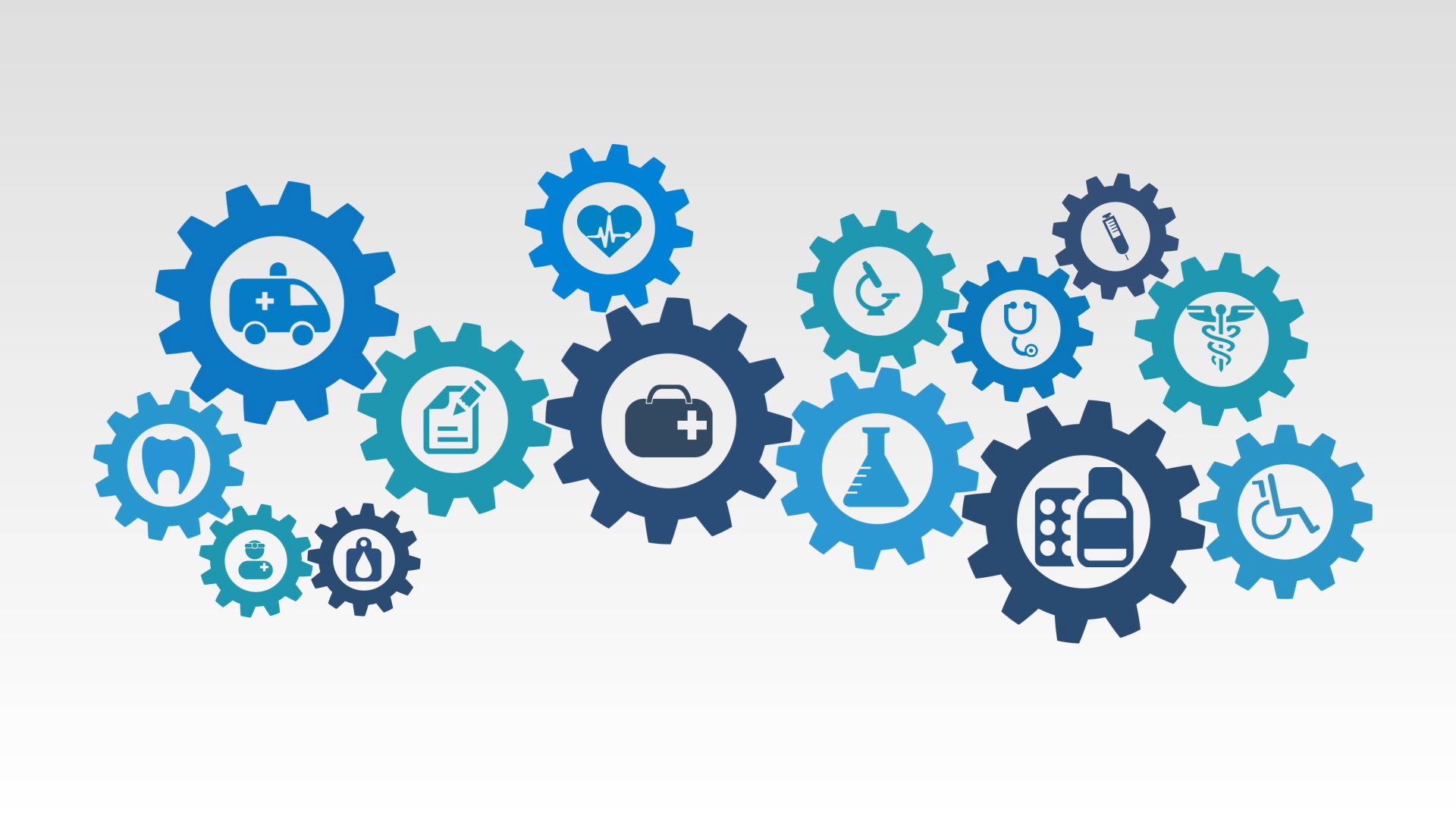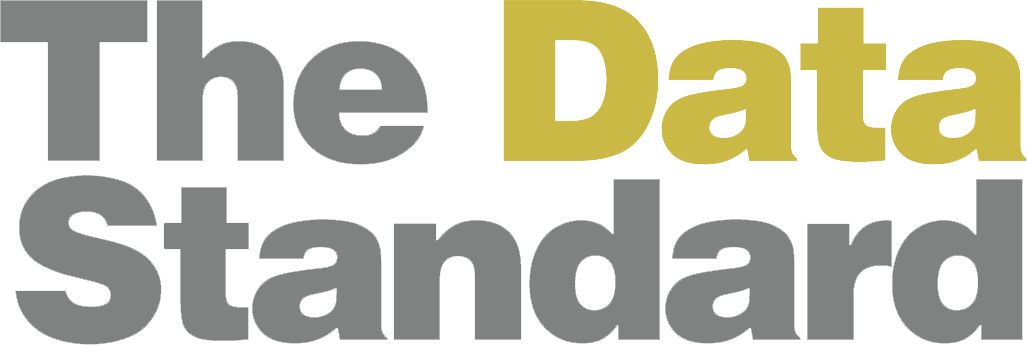As the COVID 19 pandemic continues and the numbers of cases and deaths rise across the globe, more attention has been drawn to data, analytics, and AI in the healthcare sector. Data scientists have played a key role in utilizing data from the pandemic to direct the policies of world governments to slow the spread of the virus and protect vulnerable groups. There has already been a large increase in the healthcare market and healthcare data storage in the last year, and this is expected to rise drastically in the coming years. In a recent report, BIS research predicts that the healthcare industry will grow by $25 billion by 2025, and another firm projects that healthcare data storage will increase from $2.40 billion in 2018 to $9.30 billion by 2027.
On top of the increase in data and storage, rising consumer trends like Fitbits, Apple Watches, and other wearable devices are paving the way for the expansion in healthcare AI, projected to be a $52 billion industry by 2022. Recently, a health study by Scripps Research has been working with app and wearable device data to predict if a user has COVID using machine learning and data analysis. With the use of wearable devices increasing for individuals and hospital patients in the next few years, it is clear there will be a larger demand for data scientists, analysts, and machine learning engineers in the healthcare sector. It is estimated that healthcare analytics alone will be a $50 billion market by 2024, and looking back, it is evident that 2020 was a big step forward for data science in healthcare.
Look out for The Data Standard’s full report on The State of Data Science 2020, coming January 6th!





